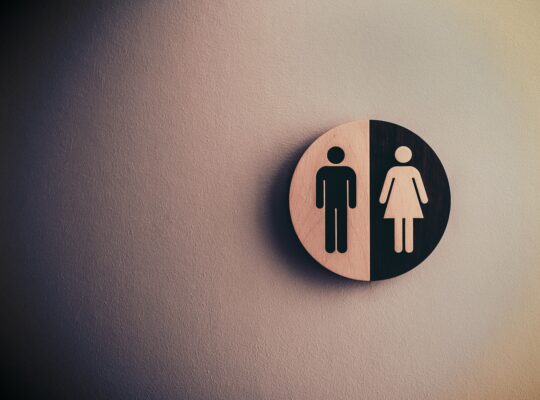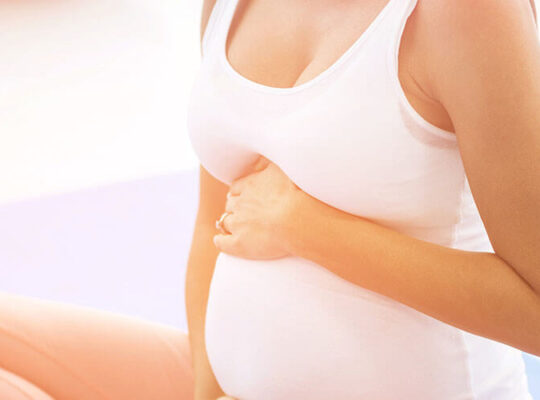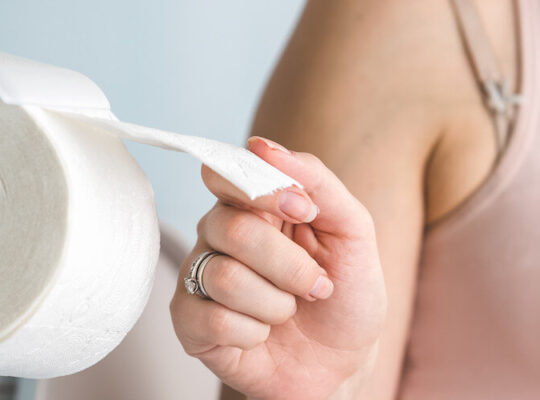Myofascial Pelvic Pain Syndrome (MPPS) Treatment in New York City
What is MPPS
What are the Symptoms?
What is the Cause?
How I Can Help You
Many women that I see at my practice present with chronic pelvic pain (CPP), which can manifest as painful intercourse, bladder pain, increased urinary urgency and frequency, severe and debilitating menstrual pain, and difficulty having bowel movements. Unfortunately, many patients suffer for years before obtaining a referral for pelvic floor physical therapy. Myofascial pelvic pain syndrome (MPPS), where the muscles and surrounding fascia get painfully tight and restricted, is one often overlooked component of pelvic pain that can be successfully treated with pelvic floor therapy. Starting treatment early is important as the longer you experience chronic pain, the more likely the nerve receptors in your body will become sensitized to it. This increases your body’s reaction to pain and can make your condition more severe and difficult to treat. So, if you have been suffering from unexplained pelvic pain and have questions about treatment, please call me for a free consultation. – Dr. Helen Kim
Background on Myofascial Pelvic Pain Syndrome (MPPS)
An article in the Journal of Obstetric, Gynecologic & Neonatal Nursing estimated that myofascial pelvic pain in women may be the underlying cause of chronic pelvic pain in 14% to 23% of reviewed cases and up to 78% of reviewed cases involving interstitial cystitis, which is a type of otherwise unexplained bladder pain. Myofascial pelvic pain is experienced by women of all ages, from teens to post menopausal women, those who have had babies and those who have not. It’s not entirely understood why some women are more susceptible to myofascial pelvic pain than others.
What is Myofascial Pelvic Pain Syndrome (MPPS)?
Myofascial pelvic pain syndrome (MPPS) is a pelvic pain syndrome that affects your muscles and fascia. “Myo” means muscle and “fascial” means fascia. Fascia is a thin connective tissue that surrounds and protects your bones, muscles, and organs from injury and infection and contains nerve endings. Fascia provides a slick surface so that individual muscle fibers, single muscles and muscle groups can slide against each other without creating friction, tearing or causing other problems.
Myofascial pelvic pain syndrome (MPPS) by definition is musculoskeletal pain involving shortened, tender pelvic floor muscles and the presence of trigger points. Trigger points are palpable nodules within muscle bands which induce referred pain to nearby areas of your body.
Your pelvic floor is essentially a bowl-shaped set of muscles referred to as your ‘core’, spanning the bottom of the pelvis and supporting the pelvic organs (bladder, rectum, and the uterus (womb) in women). These muscles stretch like a hammock from the pubic bone (at the front) to the tail-bone (at the back). There are also superficial layers of the pelvic floor that surround the opening to the vagina and urethra, therefore helping with sexual function and continence.
Myofascial pelvic pain is produced from a tightening of the muscles along with muscle spasms of the pelvic floor, abdomen, or lower extremities making the tissues prone to trigger points or knots that cause pain, weakness, and restricted movement in the affected areas.
Myofascial pelvic pain can feel like your vaginal muscles are contracted or shortened and then unable to relax. The key function of skeletal muscle is its ability to relax and then contract voluntarily when needed. A spastic muscle is thus a dysfunctional muscle that can inhibit bladder and bowel emptying, resulting in urinary retention, urinary incontinence, and constipation. Furthermore, when pressure is applied to these muscles there can be a referral of pain to other areas of the pelvis or trunk, including the lower abdomen, thighs, and buttocks.
What are the symptoms of Myofascial Pelvic Pain Syndrome (MPPS)?
Myofascial pelvic pain is not limited to discomfort in the pelvic region. Tight, twisted, or dehydrated myofascial tissue can lead to chronic pain in your neck, shoulders, mid and lower back, hips, and legs as well. It can also be the cause of
● Pelvic and/or abdominal pain
● Dysmenorrhea (painful periods)
● Dyspareunia (pain with sex)
● Rectal fullness or constipation
● Heavy sensation in the pelvis
● Dyschezia (difficulty having a bowel movement)
● Vaginal, bladder or rectal spasms
● Loss of sleep due to pain
● Pain, burning sensation or heaviness with prolonged sitting
Your pelvis region is complex and contains several different structures: the bladder, uterus, vagina, rectum, nerves, blood vessels and muscles. A variety of conditions can afflict these different structures and lead to pelvic pain, such as interstitial cystitis, pelvic inflammatory disease, endometriosis, urinary tract infections, ovarian cysts, appendicitis, STDs, and more. In some cases, the cause is unclear and may be attributed to multiple factors including physical trauma, childbirth, repetitive stress or injuries, or even
psychological causes. As mentioned earlier, this can affect not only how the nerves and muscles communicate over time, but also how they perceive different types of stress on the body.
For this reason, a comprehensive evaluation process may reveal risk factors for the development of myofascial pelvic pain followed by a thorough physical assessment to determine whether the symptoms of pelvic pain involve just muscular tightness or shortening – or if there are perhaps additional underlying causes of the pain.
What is the Cause of Myofascial Pelvic Pain Syndrome (MPPS)?
The cause of Myofascial Pelvic Pain Syndrome is often multifactorial and unique for each person, therefore, the treatment must focus on the individual and their specific needs to be effective. Nonetheless, in many cases Pelvic Floor Physical Therapy is the primary and main treatment option that can help not only with myofascial pelvic pain, but also reduce symptoms of other conditions caused by pelvic floor problems, such as urinary incontinence, painful intercourse, and sexual dysfunction.
Relaxing shortened and contracted muscles can help reduce pain in the pelvic floor, just as it does with other muscles in the body. Stretching in general is effective in relaxing muscles and preventing excessive cramping and tightening. This approach is done to block or minimize the ongoing stimuli that lead to pain, along with identifying and avoiding triggers, and treating sudden symptom flares. Thus, a goal in treatment is achieving full relaxation, strengthening, and stretching of the muscles involved, focusing on creating pelvic stability and realignment of bones, and improving the strength and function of postural muscles.
Next Steps for Help for MPPS
The information provided is educational, not medical advice. If you’re a woman dealing with chronic pelvic pain who wants to learn more about pelvic pain and explore your treatment options, please consider contacting me, Dr. Helen Kim, for a complimentary phone consultation. I specialize in pelvic floor physical therapy for women, which focuses on gentle soft tissue manipulation and rehabilitation of the pelvis in the clinic and a home program to ensure your continued success.
Reach me if I can answer any questions on physical therapy, serving you locally in New York City or anywhere online virtually through “telehealth“.
Sign up for Pelvic Health and Wellness Tips






